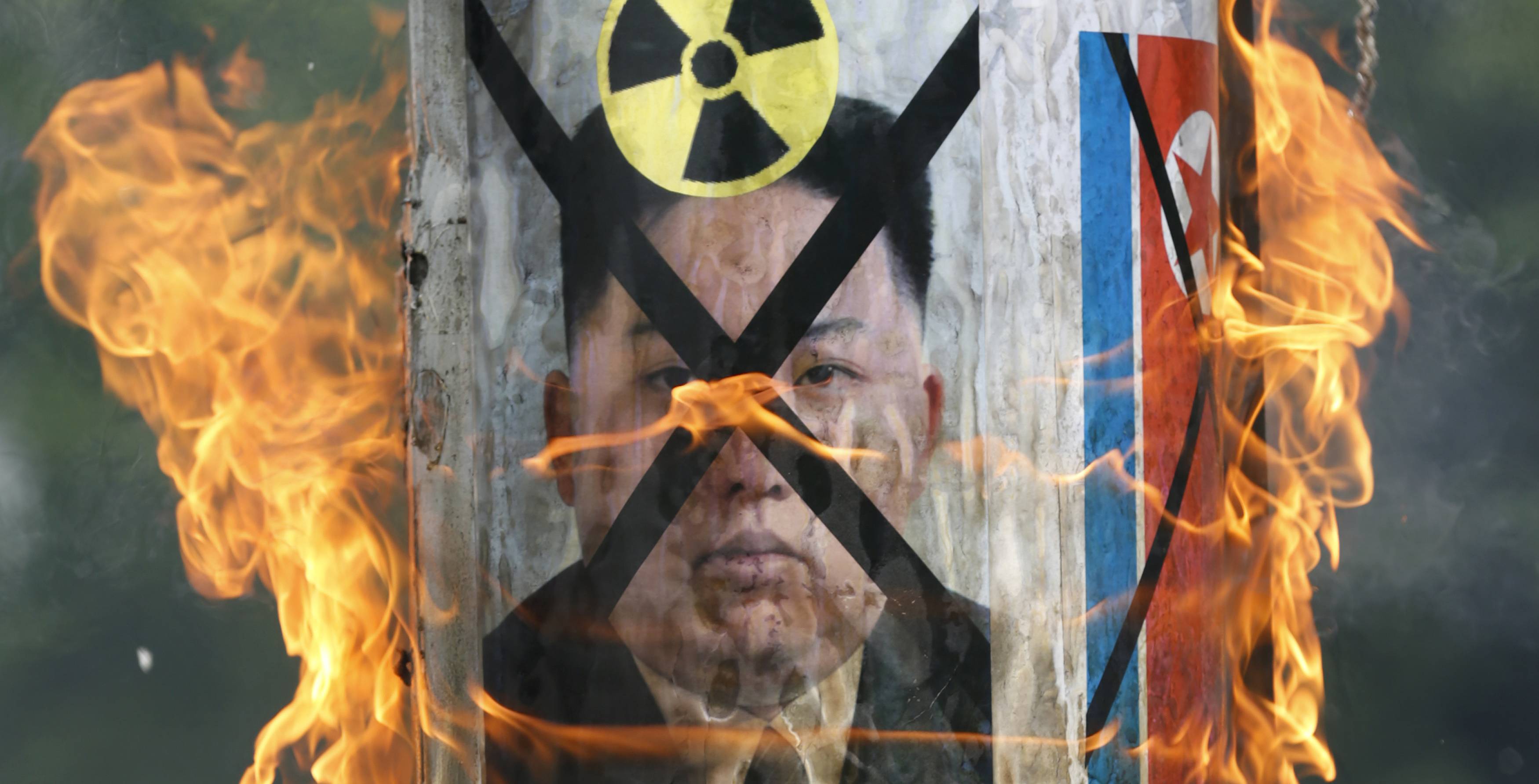North Korea’s nuclear and missile threats against South Korea and the United States have continued to escalate significantly.
Against the backdrop of these serious nuclear threats, both Seoul and Washington should be prepared for the worst-case scenario, which is a nuclear war with North Korea.
In April, North Korea announced its intention to forward-deploy tactical nuclear weapons, and in September Pyongyang adopted a new nuclear policy law, which allows the country to carry out a preemptive nuclear strike against South Korea. From the end of September to early October, North Korea’s “tactical nuclear operation units” conducted launching drills of missiles designed to strike potential South Korean targets such as airfields, ports and command facilities. Additionally, on Oct. 4, North Korea fired an intermediate-range ballistic missile at a normal angle — not a high angle — so that the missile overflew Japan into the Pacific Ocean. The test once again demonstrated North Korea’s capability to reach the U.S. territory of Guam in case of U.S. intervention in inter-Korean military clashes.



















With your current subscription plan you can comment on stories. However, before writing your first comment, please create a display name in the Profile section of your subscriber account page.